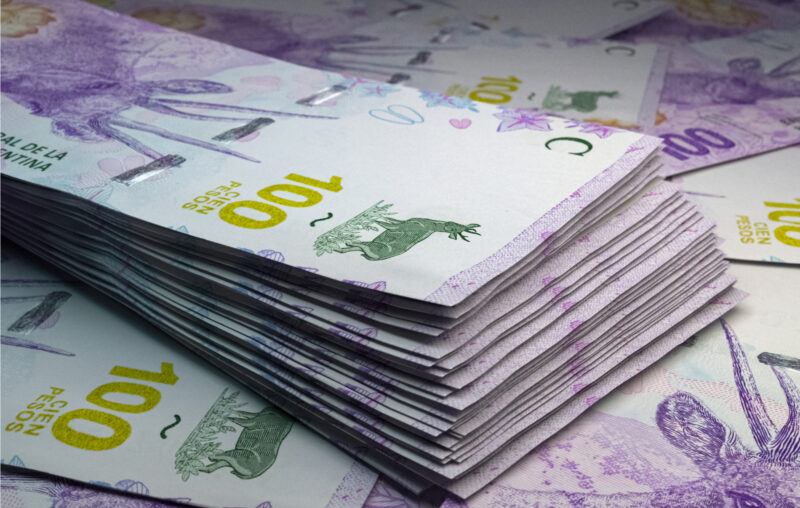What Can the US Learn from Argentina’s Inflation?

According to the Bureau of Labor Statistics, inflation was a whopping 7 percent in 2021––the highest it has been since 1982. As an Argentine living in the United States, I’ve never felt more at home.
Argentina has suffered high rates of inflation since the mid-20th century. The Argentine government began resorting to the printing press to pay for large government stimulus plans shortly after the left-leaning Argentine populist Juan Perón became president in 1946. The result has been an economy with chronic inflation cycles, including an episode of hyperinflation in the late 1980s and early 1990s.
In 2006, the inflation rate in Argentina was 9.8 percent. It jumped to 25.7 percent the following year, showing just how fast inflation can get out of control. Since then, inflation has climbed even higher, reaching 50.9 percent in 2021. At this rate, the price level doubles in one year and nine months.
To keep inflation in check, the US might look to Argentina to learn what not to do. It is an easy rule to follow: whatever Argentina has done, do the opposite.
Argentina’s first policy mistake was unchecked increases in government spending. In real terms, government spending increased 36 percent between 2006 and 2015. These spending increases were not accompanied by sufficient tax increases. Instead, the central bank monetized the Treasury’s deficit, fueling a rise in the price level.
After the 2001 crisis, politicians increased spending to subsidize firms, expand social programs, and ramp up public investment. The government did not name its policy the “Argentine Rescue Plan,” but it was certainly drafted in the spirit of recent U.S. efforts to stimulate aggregate demand through government spending.
Large government spending programs also set in motion political forces that are difficult to rein in. Political competition results in ever more populist policies, with each party attempting to enact a larger fiscal program to curry favor with voters. It is a very dangerous game.
Argentina’s second policy mistake was using a “scapegoat policy.” Rather than acknowledging its fiscal and monetary policy missteps, the Argentine government blamed large corporations, grocery stores, and changing conditions in international markets for driving up prices. Sound familiar?
The “scapegoat policy” is convenient for the government. If the government is not the cause of inflation, then government officials cannot be held accountable for inflation. But it is totally ineffective when it comes to reducing the rate of inflation. Indeed, to the extent that such policies result in regulatory responses to break up large companies or restrict financial markets, it reduces production and puts further upward pressure on prices.
Unfortunately, many Americans seem keen to follow the Argentine playbook. Many in Washington are still pushing for a large Build Back Better spending bill. Senator Elizabeth Warren has blamed large grocery stores for price increases. Prof. Hans G. Despain states that “the underlying cause of inflation is a lack of competition and corporate greed.” Heather Boushey, a member of the President’s Council of Economic Advisors, praised an article endorsing price controls. We do not have to speculate about where this approach leads. We can learn by looking at countries that have employed these strategies before.
Inflation in the U.S. has been modest by Argentine standards. To keep it that way, the US must avoid repeating Argentina’s mistakes.








